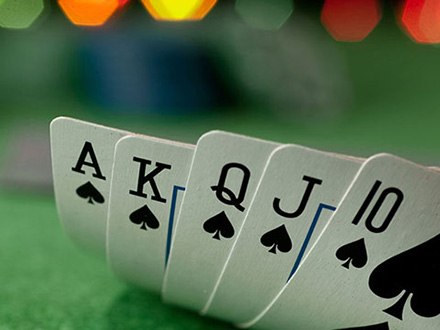The value of the hands in the game of poker
Knowing the value of the hands in poker is the basis of the game

The rules and scores of the following hands are valid for those game variants that provide for a determination of the classic score, where the highest hand wins the dish: Texas Hold'em, Omaha, 5 Card Draw and 7 Card Stud.
General rules:
All poker scores consist of 5 cards. Each card takes on only one value: in order 2, 3, 4, 5, 6, 7, 8, 9, 10, j, q, K, A. The only exception is the ace, which can be worth less than 2 in case it is necessary to close a minimum scale.
Inside the same "category" of score, the value of the cards is considered: for example an AA torque (pair of axes) beats a KK torque (pair of king), as well as a 10, j, q scale, k, A beating a scale 8.9,10, J, q.
List of scores, from the major to the minor:
- Royal flush(Straight Flush): 5 cards in succession of the same seed, from 10 to A.

- Color staircase (Royal Flush): 5 cards in succession of the same seed.

- poker (4 of a Kind): four cards of the same value.

- Full (Full House): 3 cards of the same value, 2 cards of the same value.

- color (Flush): 5 cards of the same seed.

- Scala (Straight): 5 cards in succession.

- tris (3 of a Kind): 3 cards of the same value.

- double copy (Two Pair): 2 pairs of cards having the same value.

- Couple (One Pair): 2 cards with the same value

- High letter (High Card): the card of the hand having the greatest value.
In case of equal:
In the event that two players find themselves sharing the same score, we move on to consider the so -called "kicker". For example, this hand:

beats this hand:

In which the kickers considered are the A and 6. If even the first kicker is not enough to decide whoever wins the hand, we move on to examine the second and so on. If the kiches have the same value, the score is in a tie and the possible dish is divided among the players.











